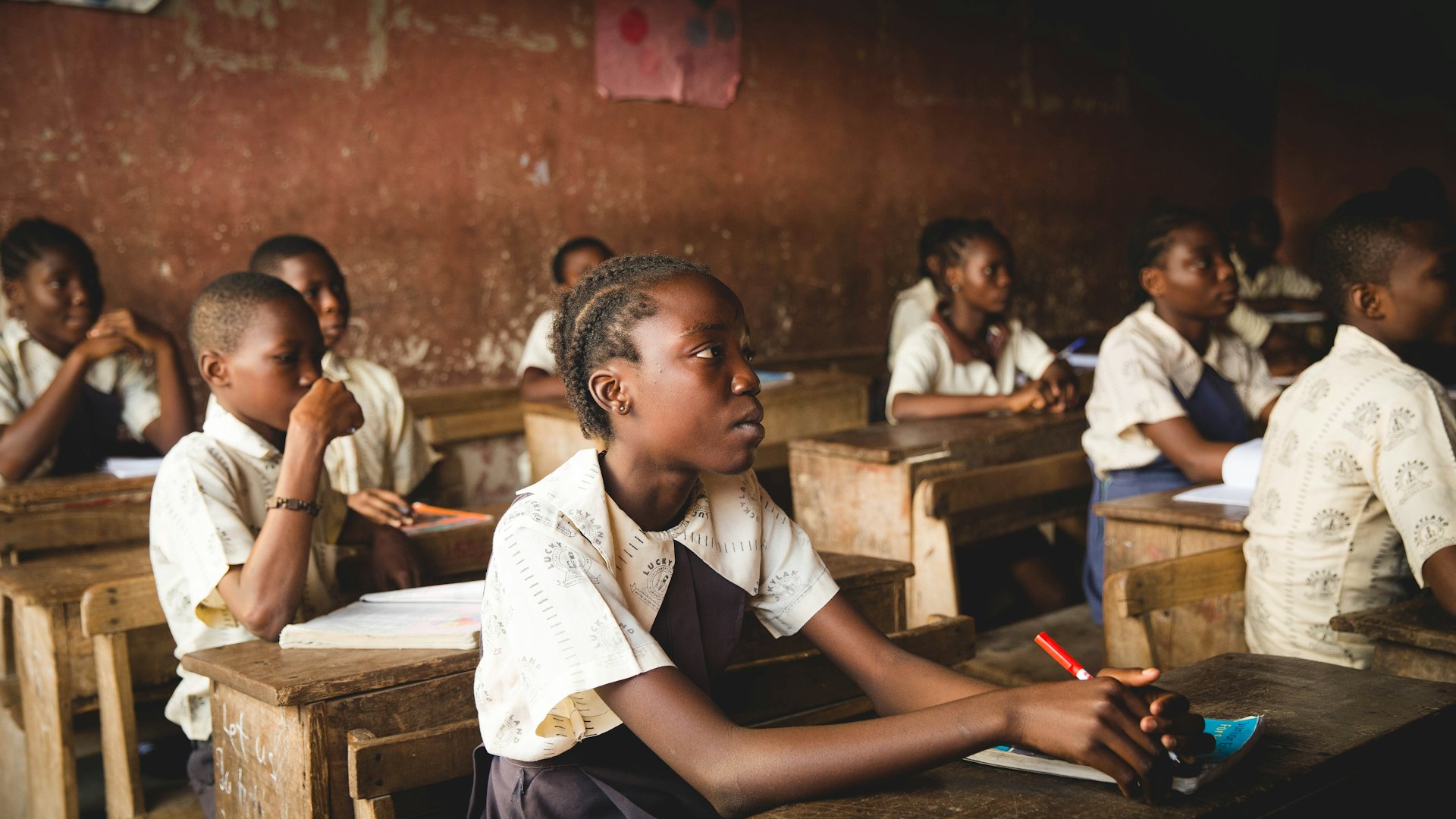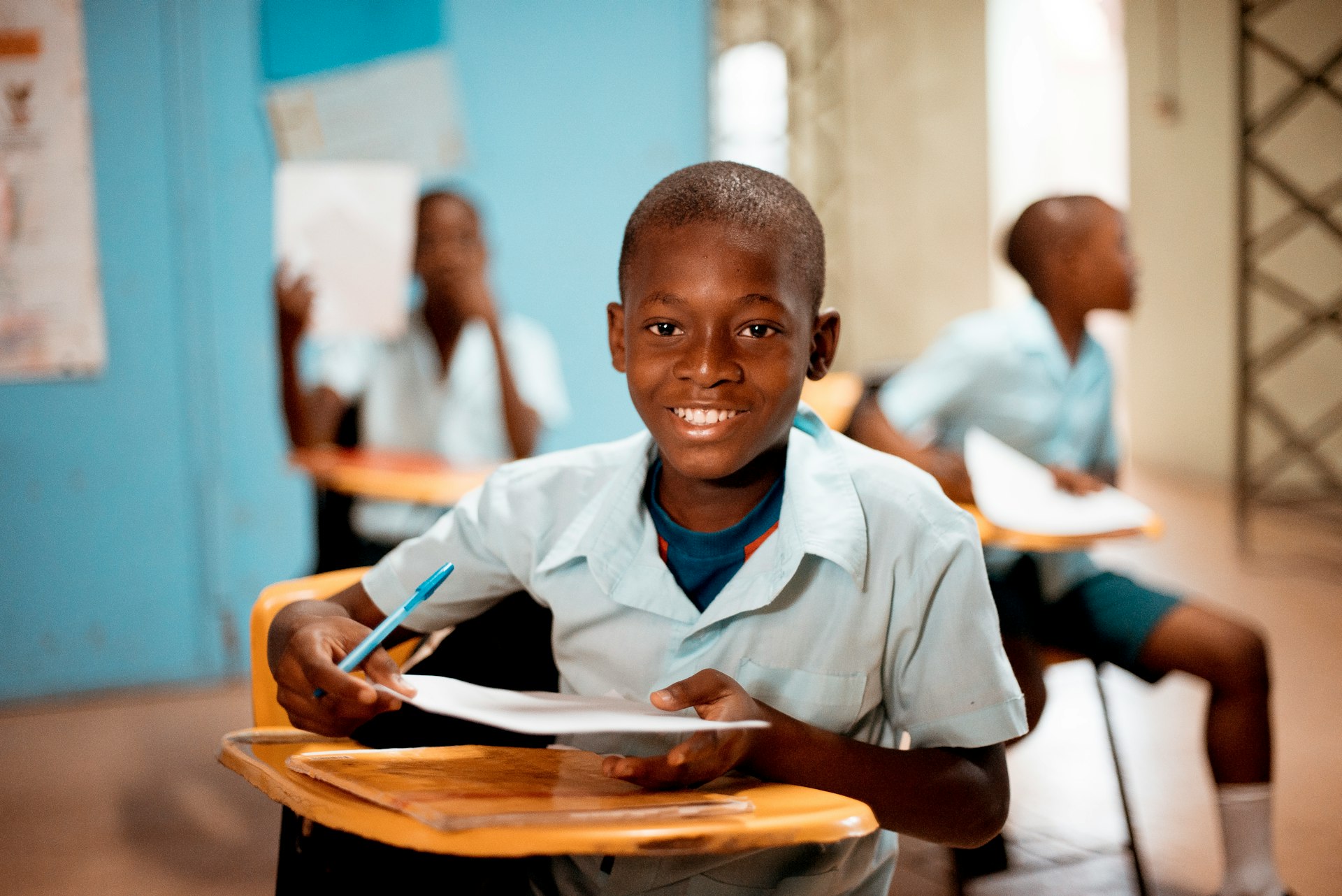Introduction
Education is the cornerstone of development and progress in any society. In South Sudan, innovative approaches to education are not only transforming the lives of students but also addressing some of the most pressing challenges in the country. This blog post explores the educational innovations taking place in South Sudan, highlighting key initiatives, their impact, and the future of education in the region.
The Current State of Education in South Sudan
Challenges in the Education Sector

South Sudan’s education system faces numerous challenges, including limited access to schools, a shortage of trained teachers, inadequate learning materials, and socio-political instability. Many children, especially in rural areas, lack the opportunity to attend school, and those who do often encounter overcrowded classrooms and outdated curricula.
The Need for Innovation
Given these challenges, there is an urgent need for innovative solutions to make education more accessible, effective, and relevant. Innovation in education can bridge gaps, provide new learning opportunities, and prepare students for the demands of the modern world.
Key Educational Innovations

1. E-Learning Platforms
Digital Classrooms: With the expansion of internet connectivity, e-learning platforms are becoming increasingly viable in South Sudan. These platforms offer interactive lessons, educational videos, and online assessments, allowing students to learn at their own pace. Initiatives like Eneza Education are providing mobile-based learning solutions that reach students even in remote areas.
Online Teacher Training: E-learning platforms are also being used to train teachers, providing them with the skills and knowledge needed to deliver quality education. Programs like the African Teacher Training Network offer online courses and resources to help teachers improve their teaching methods and stay updated with the latest educational trends.
2. Community Learning Centers
Local Hubs: Community learning centers are being established in rural and underserved areas, providing a safe and supportive environment for students to study. These centers are equipped with digital devices, internet access, and educational resources, making learning more accessible. Organizations like the South Sudan Education Project (SSEP) are at the forefront of setting up these centers.
Supplemental Education: In addition to formal education, community learning centers offer supplemental education programs, including literacy classes, vocational training, and life skills workshops. These programs are designed to empower students and community members with practical skills that enhance their quality of life.
3. Radio and TV Education Programs
Distance Learning: Radio and TV education programs are an effective way to reach students in areas with limited internet connectivity. These programs broadcast educational content, such as lessons in math, science, and languages, making learning accessible to a wider audience. The Ministry of General Education and Instruction has partnered with various media organizations to implement such initiatives.
Interactive Sessions: Some radio programs offer interactive sessions where students can call in with questions and receive real-time answers from teachers. This interactive approach helps to engage students and address their specific learning needs.
4. Mobile Libraries
Books on Wheels: Mobile libraries are bringing books and educational materials to children in remote and underserved areas. These libraries travel to different communities, providing access to a wide range of reading materials that foster a love for reading and learning. Initiatives like the South Sudan Mobile Library Project are making a significant impact in promoting literacy.
Reading Programs: Mobile libraries often conduct reading programs and storytelling sessions, encouraging children to read and develop their language skills. These programs are crucial in areas where schools may lack adequate libraries and resources.
5. Solar-Powered Classrooms
Sustainable Learning Environments: Solar-powered classrooms are an innovative solution to the lack of electricity in many rural schools. These classrooms use solar panels to generate electricity, powering lights, computers, and other educational equipment. Projects like the Solar Classroom in a Box initiative are helping to create sustainable learning environments in off-grid areas.
Empowering Schools: By providing reliable electricity, solar-powered classrooms enable schools to offer evening classes, use digital teaching tools, and create a more conducive learning environment. This innovation is helping to bridge the gap in educational infrastructure.
Impact of Educational Innovations
Improved Access to Education
Innovative educational solutions are significantly improving access to education in South Sudan. By leveraging technology and community-based approaches, these initiatives are reaching students who were previously left out of the formal education system.
Enhanced Learning Outcomes
Educational innovations are enhancing learning outcomes by providing students with better learning materials, interactive lessons, and more engaging educational experiences. These improvements are helping students to perform better academically and develop critical thinking skills.
Empowered Teachers
Through online training programs and access to digital resources, teachers are becoming better equipped to deliver quality education. This empowerment leads to more effective teaching and a positive impact on student learning.
Strengthened Communities
Community-based educational initiatives are strengthening communities by providing education and skills training to children and adults alike. These programs foster a culture of learning and contribute to the overall development of the community.
The Future of Education in South Sudan

Continued Innovation
The future of education in South Sudan depends on the continued innovation and adoption of new technologies and approaches. By investing in educational innovation, the country can overcome existing challenges and build a more robust and inclusive education system.
Government and NGO Collaboration
Collaboration between the government, non-governmental organizations (NGOs), and the private sector is essential for the success of educational innovations. By working together, these stakeholders can pool resources, share expertise, and scale successful initiatives.
Focus on Sustainability
Ensuring the sustainability of educational innovations is crucial for long-term success. This involves developing local capacity, securing funding, and creating policies that support and promote innovative educational solutions.
Conclusion
Educational innovations in South Sudan are paving the way for a brighter future. By addressing the challenges in the education sector through creative and technology-driven solutions, South Sudan can empower its youth, strengthen its communities, and foster economic growth. As the country continues to embrace these innovations, the dream of quality education for all becomes increasingly attainable. At RakubaTech we build these type of innovations and if, your welling to partner with us don't hesitate click on this link LMS Solutions and learn more.
If you liked it, give it a share! 👇
Educational Innovations in South Sudan